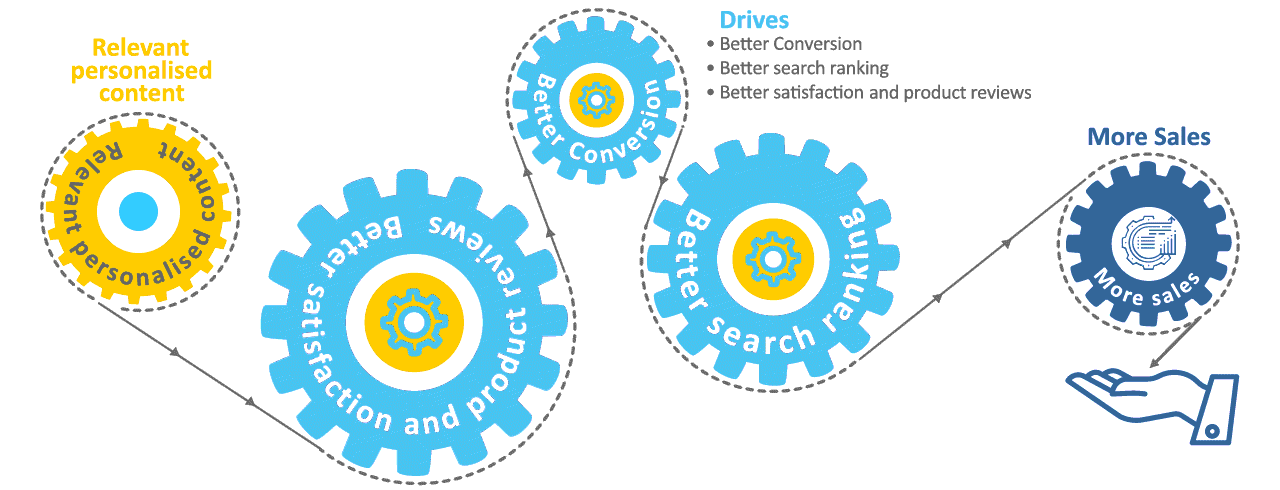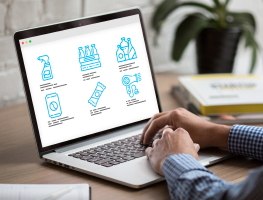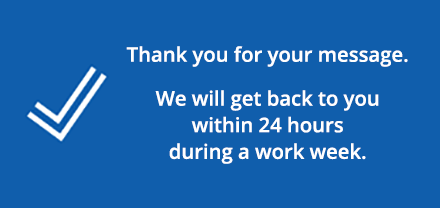We all know that shoppers are shifting to online channels and many brands are experiencing strong growth in e-commerce sales. However, market analysis has shown that major traditional brands are actually lagging in e-commerce1. Online penetration is often lagging offline penetration, insurgent brands2 are gaining significant share, and online sales are cannibalizing rather than adding offline sales. Traditional brands need to ‘power up’ their existing growth to maintain market share , and must not succumb to ‘the illusion of success’ 1. The weaknesses of traditional brands in the e-commerce space include: At MetrixLab we set out to understand how brands can succeed in e-commerce. We spoke to many experts in the field, and reviewed industry and consumer trends. This analysis revealed that to view e-commerce as just another distribution channel is too narrow a perspective. Traditional mass marketing on both the media side (e.g TV) and in distribution (e.g. hypermarkets) leads to broadly acceptable – but not unique – experiences. The consumers’ unique preferences are not known, nor is it possible to target them individually. E-commerce however represents a fundamental change in marketing from the traditional mass market paradigm to offering personalized experiences. E-commerce enables personalization throughout the path to purchase. Digital media platforms provide the ability to customize advertising and content. When this connects to tailored purchase experiences and assets on e-commerce platforms, the consumer can experience a seamless and completely personalized purchase journey. Illustrated personalized path to purchase due to e-commerce “You can’t look at media and the customer shopping experience independently, particularly in an e-commerce environment. They’re completely intertwined.” Seth Dallaire, Former head Amazon Advertising , CRO Instacart Consumers are looking for personalized experiences as they are exposed to overwhelming messaging clutter – on average each person sees or hears over 5,000 marketing messages a day3. 80% of consumers prefer to buy from brands that are able to personalize experiences4. Consumers are also increasingly skeptical of brands5, and so brands need to strive for authenticity. This trend is driving influencer marketing and branded content which are less intrusive and can more credibly communicate a brand’s purpose. Brands experience a flywheel effect on e-commerce due to the interplay of algorithms and consumer behavior. The flywheel effect are positive or negative feedback loops which can quickly build momentum and lead to success or failure. For example, irrelevant or misleading content drives customer dissatisfaction and poor reviews, which in turn causes products to lose their ranking on search algorithms. Conversely, effective content generates higher conversion rates, more satisfied customers, and better reviews – and therefore superior search rankings. The flywheel effect means that brand sales can become volatile and therefore e-commerce management requires an agile and flexible approach. Today brands often offer content that is either too complex, or take an approach that is too transactional. This either undermines the brand’s marketing effectiveness, or leads to a promotional “race to the bottom” resulting in weaker ROI. Based on our exploration and stakeholder feedback, MetrixLab developed the eShop solution to help manufacturers optimize key on-platform e-commerce assets: Image: e-storefront example 1. E-storefronts 2. Hero images 3. Product landing pages eShop utilizes cutting-edge passive measurement tools – mouse heat maps, scroll maps and click maps to gain a rich understanding of how consumers’ react to the assets being tested. Next, respondents answer questions on key KPIs and diagnostics. The resulting rich data is analyzed between different persona subgroups to provide direction on personalization. Actionability is delivered at both a strategic level (e.g. strategy for different shopper personas), as well as on a granular, more tactical level (e.g. optimizing elements on the webpage). Our validation case study proved the value of personalization analysis. A variety of persona groups interacted with the e-commerce assets in the different ways consistent with their personas. For instance, we noticed that the target persona that placed a premium on brand value was less exploratory on the site, instead paying attention to the branding and emotion-led applications. Conversely, a secondary functional persona segment was more engaged in product-specific technical information. This led to recommendations on how to customize the site by persona. Additionally we also observed that customers occasionally clicked images which were not interactive, indicating an opportunity for increasing interactive elements. Brands can power up their e-commerce success with key strategic actions: E-commerce is the future of retail – brands need to evolve their strategy and tactics to remain relevant as the big shift to online channels continues. We are ready to help in this evolution as you work towards a successful e-commerce journey. 1 Source: https://www.bain.com/insights/great-ecommerce-illusion/ MetrixLab operates a Social Insights Privacy Policy, which takes into account the privacy of people publishing content online.
Towards personalized experiences
Driven by technology and media evolution
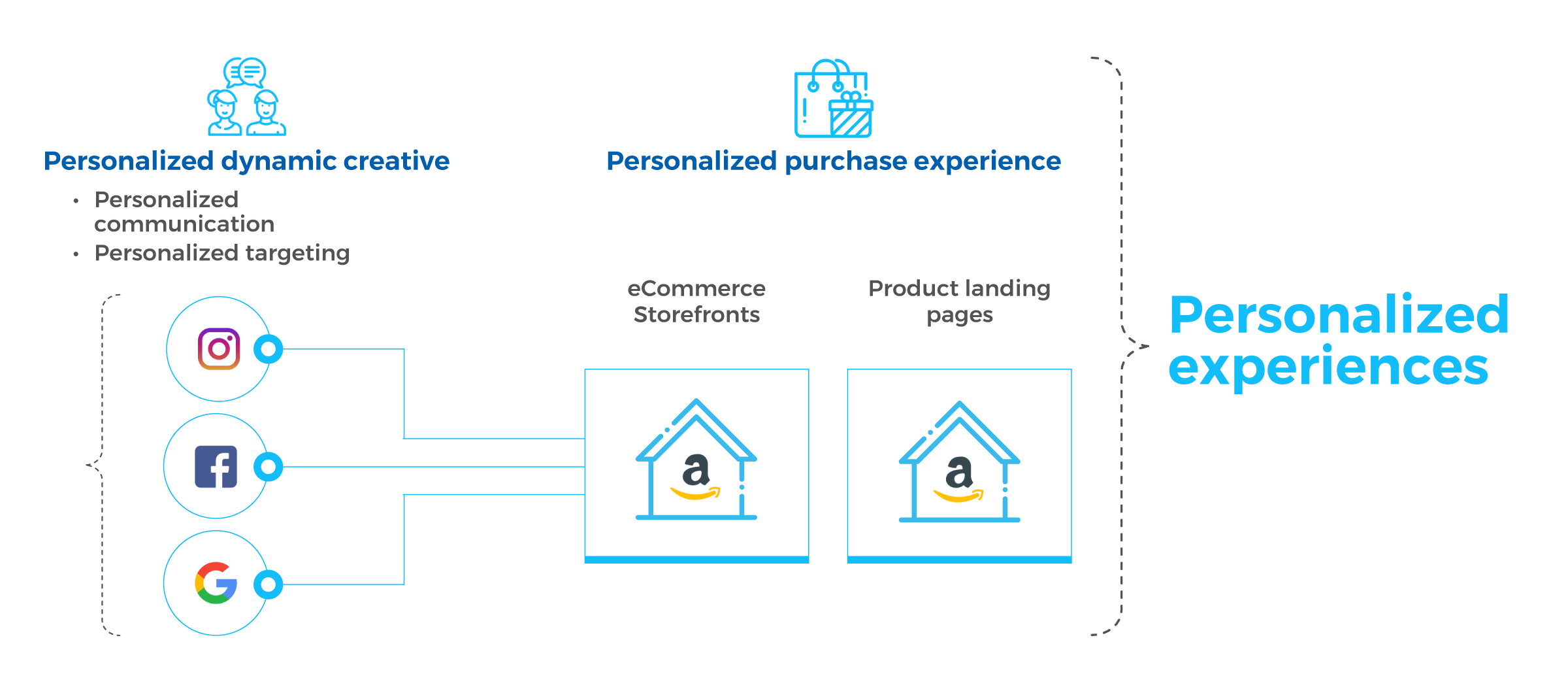
Driven by consumers needs
The e-commerce flywheel
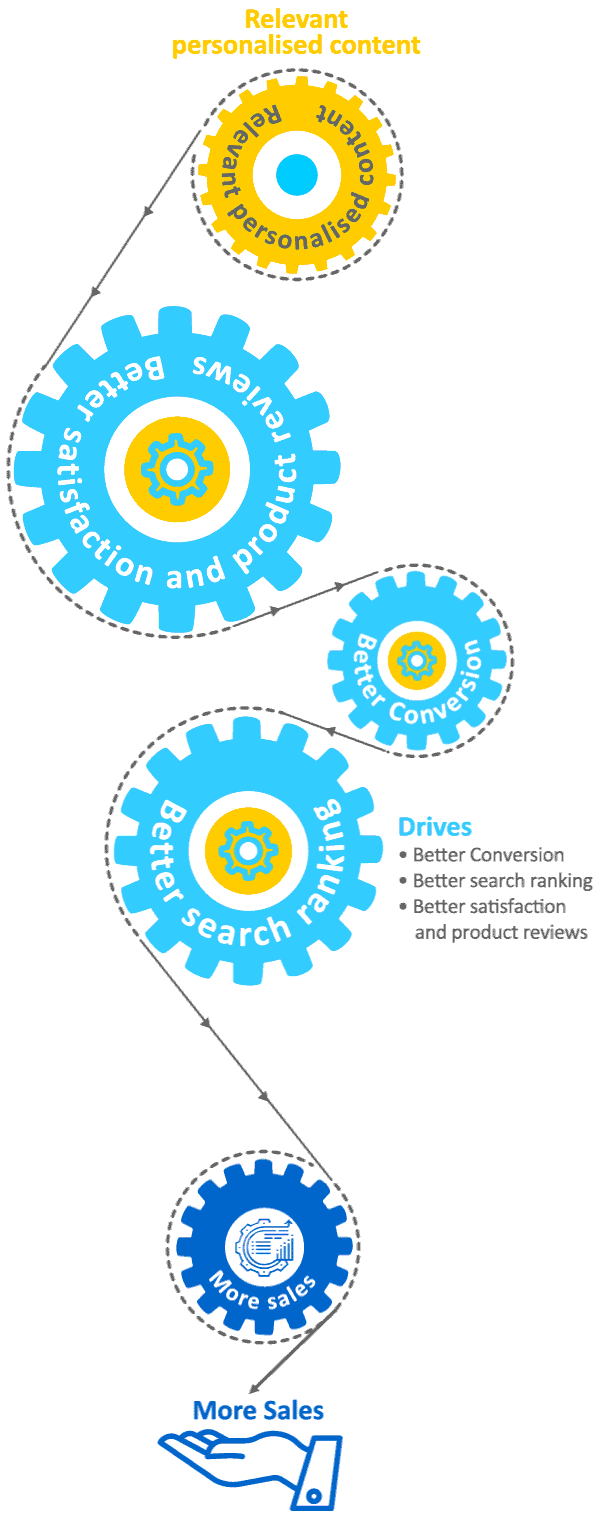
The eShop solution from MetrixLab
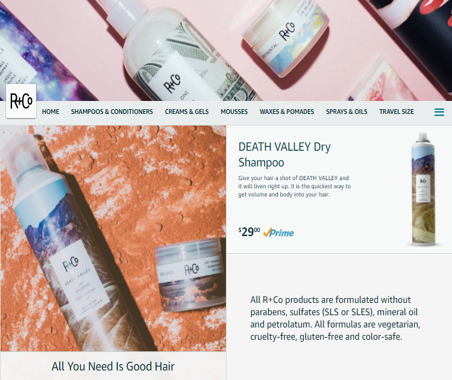
E-storefronts are essential assets for brands – they provide better content possibilities, and better tracking and targeting to build personal relationships with customers.
The hero image is a key asset in a search engine’s results page. In our experience, an optimized product hero image can typically increase sales by 10% to 30%. It helps in sales conversion by standing out against competitors and increasing mental availability. Read more about hero images here.
Product landing pages are the final step in conversion. They consist of product titles and product descriptions and A+ content. Product titles and product descriptions need to be optimized for both consumer relevance and search behavior. A+ content features high quality images and multimedia which can better convey the value of the product and the brand purpose. Optimized A+ content can drive sales by between 3% and 10% 6.The eShop solution methodology
Validation case study
Conclusion
For more information, please get in touch:
Sources
2 Source: https://www.bain.com/insights/how-insurgent-brands-are-rewriting-the-growth-playbook/
3 Source: Yankelovich – https://www.nytimes.com/2007/01/15/business/media/15everywhere.html
4 Source: Epsilon – https://adage.com/article/epsilon/personalization-evolve-2018/312048
5 Source: https://marketingland.com/brands-strive-for-authenticity-as-audiences-turn-a-skeptical-eye-toward-ads-236295
6 Source: Amazon – https://tinuiti.com/blog/amazon/amazon-a-content/
Power up your e-commerce success through personalization
